A tactical garden is more than just a space to grow food—it’s a smart way to enhance your homestead’s security while providing for your family’s needs. By planting strategically, you can create natural barriers, improve privacy, and grow a sustainable food source all in one. As a prepper, having a tactical garden can give you peace of mind, knowing you’ve taken steps to secure your land and provide essential resources. Let’s look at 15 things you should consider growing in your tactical garden, and then we’ll explore 10 solid reasons why every homesteader should have one.
1. Corn
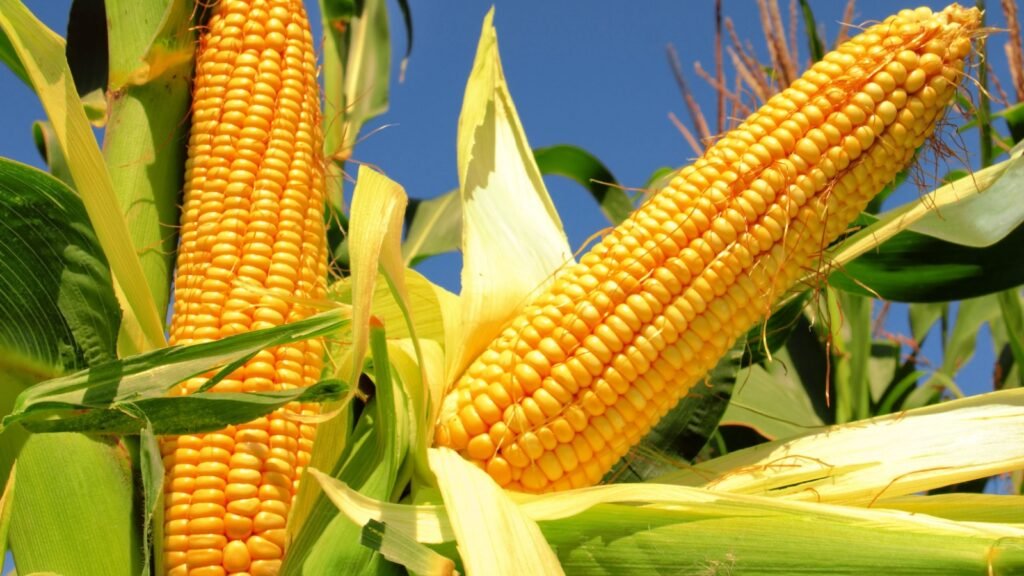
Corn grows tall, making it an excellent plant for creating natural barriers. Planting it in thick rows can obstruct the view of your home from outsiders, while also providing food and feed for livestock.
2. Sunflowers
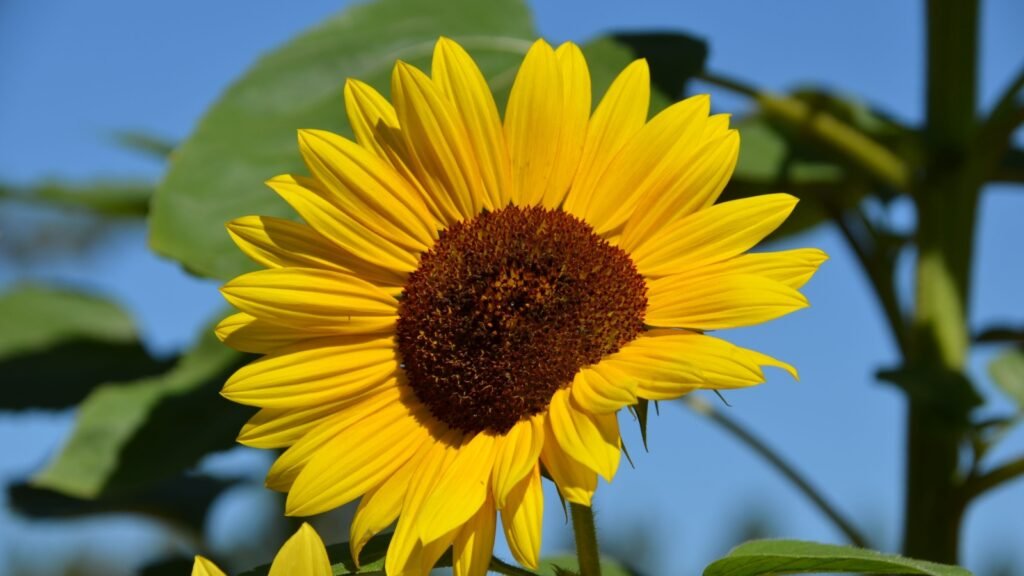
Sunflowers serve double duty. They grow quickly and tall, creating a natural fence. Their seeds are a nutritious snack and can be used to feed chickens and other animals.
3. Bamboo
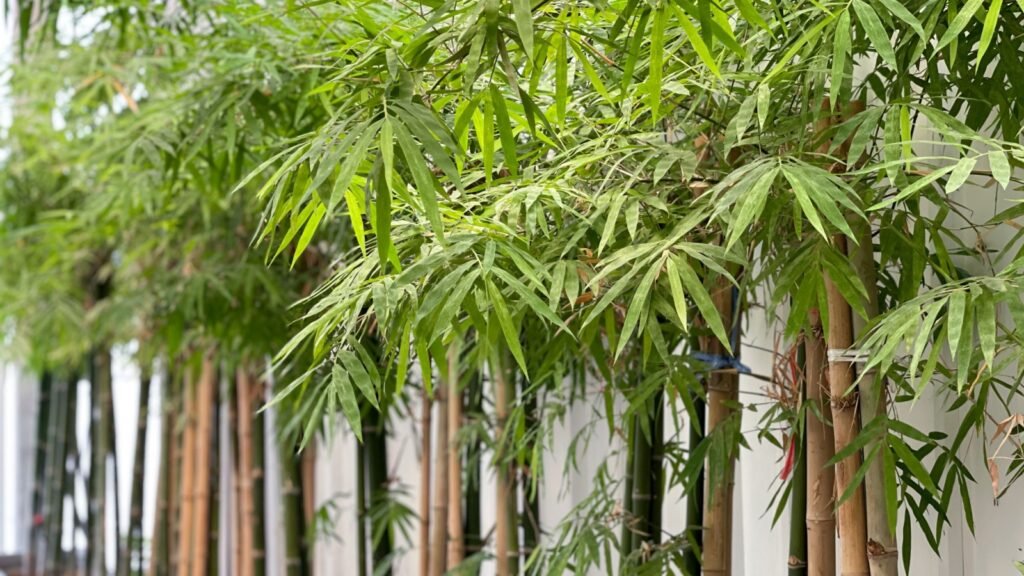
Bamboo is one of the fastest-growing plants in the world, making it ideal for quickly creating dense barriers. It also serves as a sustainable building material for various projects around your homestead.
4. Blackberries
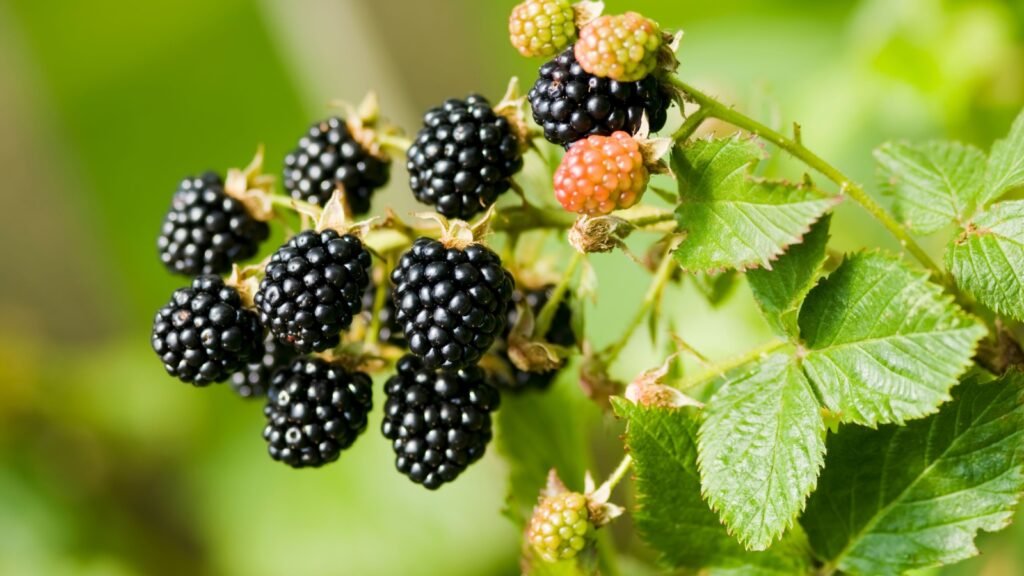
Blackberries and other thorny bushes can be planted along property lines to create a living, impenetrable fence. Not only do they deter intruders, but they also provide delicious fruit for jams and preserves.
5. Jerusalem Artichokes
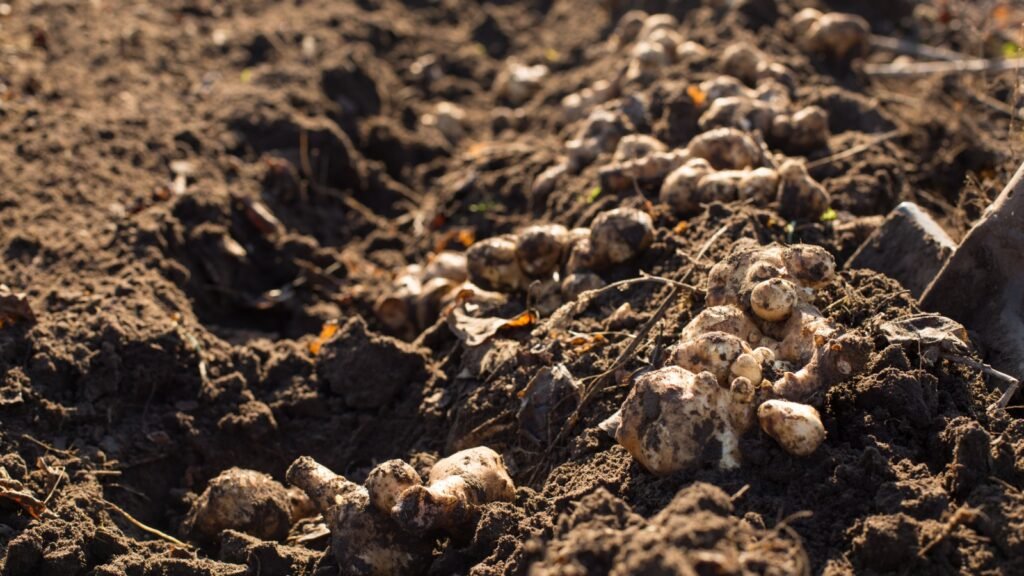
Jerusalem artichokes, also known as sunchokes, grow tall and dense. They can be used as a privacy screen while producing edible tubers that are rich in nutrients.
6. Rose Hedges

Roses, particularly wild varieties with thorns, make for beautiful yet functional barriers. Their thorny branches deter animals and people, and the rose hips are rich in vitamin C.
7. Grapevines

Grapevines can be trained to grow along fences or trellises, adding another layer of cover while producing fresh fruit. You can also use the leaves for making stuffed grape leaves, a nutritious meal.
8. Cucumbers
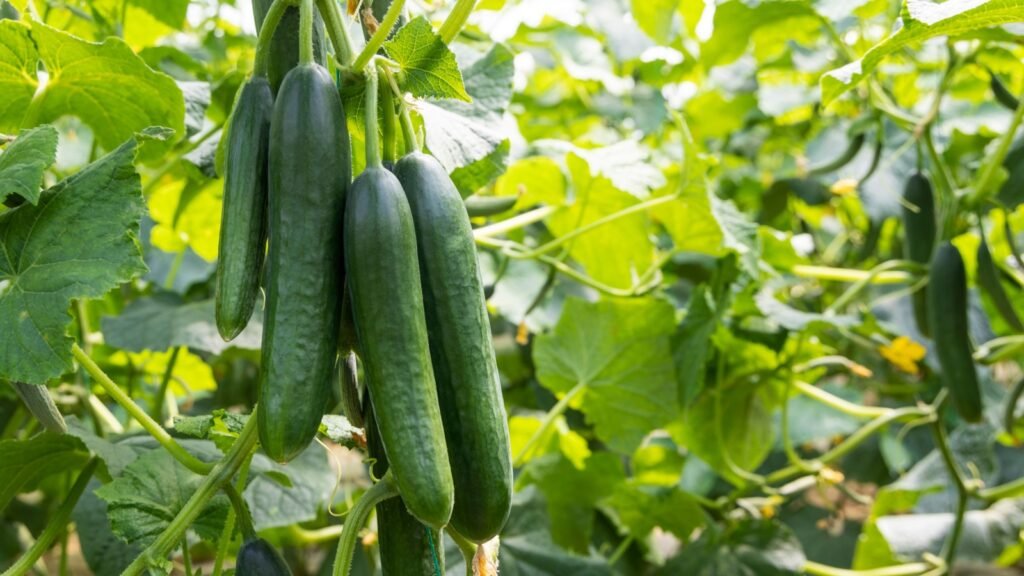
Cucumbers climb well and can be grown along fences or trellises. While they’re not great for blocking visibility, they’re excellent for providing food in a tactical garden setting.
9. Squash
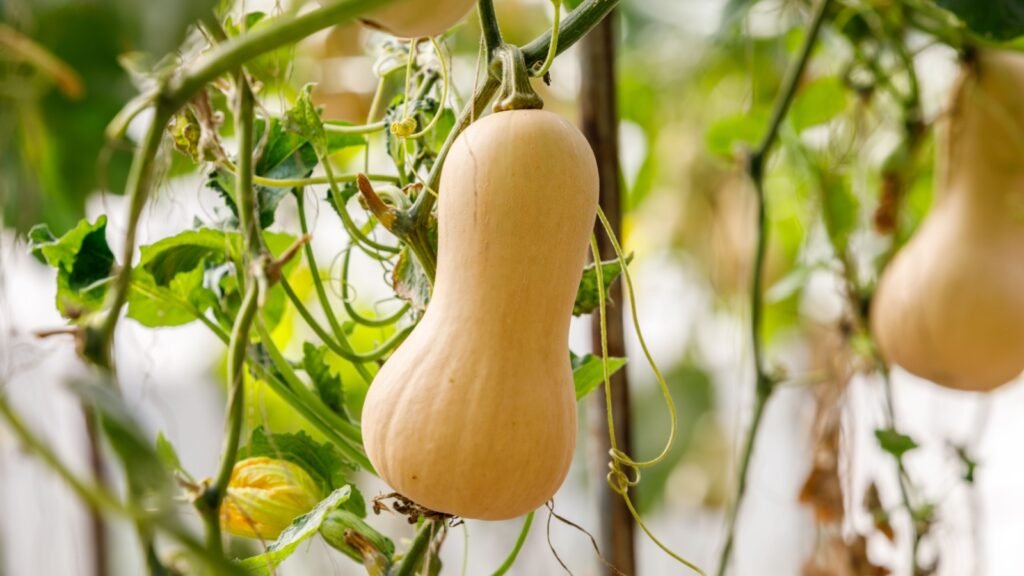
Squash plants grow large and sprawl across the ground, which makes them great for ground cover. This helps prevent erosion while providing valuable food.
10. Amaranth
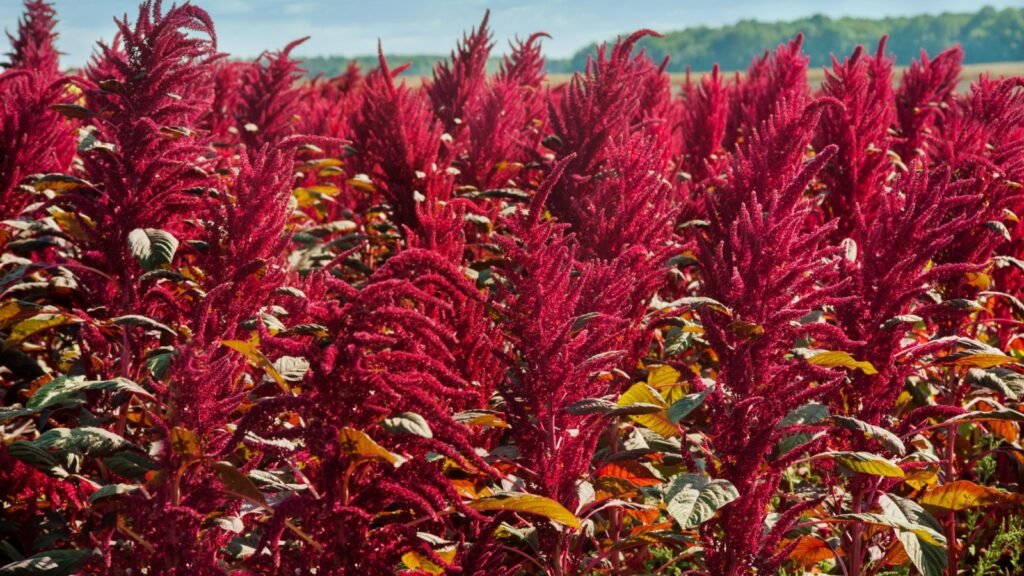
Amaranth is a dual-purpose plant. It grows tall and thick, adding to your privacy, and its leaves and seeds are edible. It’s a nutrient-rich crop that also serves as a natural grain.
11. Potatoes
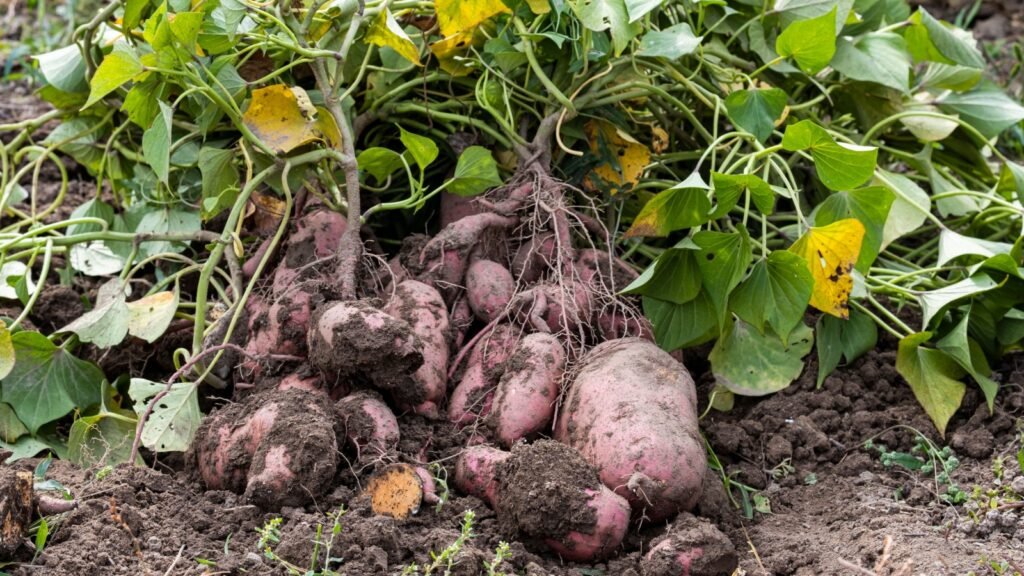
Potatoes can be grown in almost any soil, and their large leaves help cover the ground. Growing them in raised beds or containers adds another layer of self-reliance and helps obscure what you’re growing from casual passersby.
12. Beans
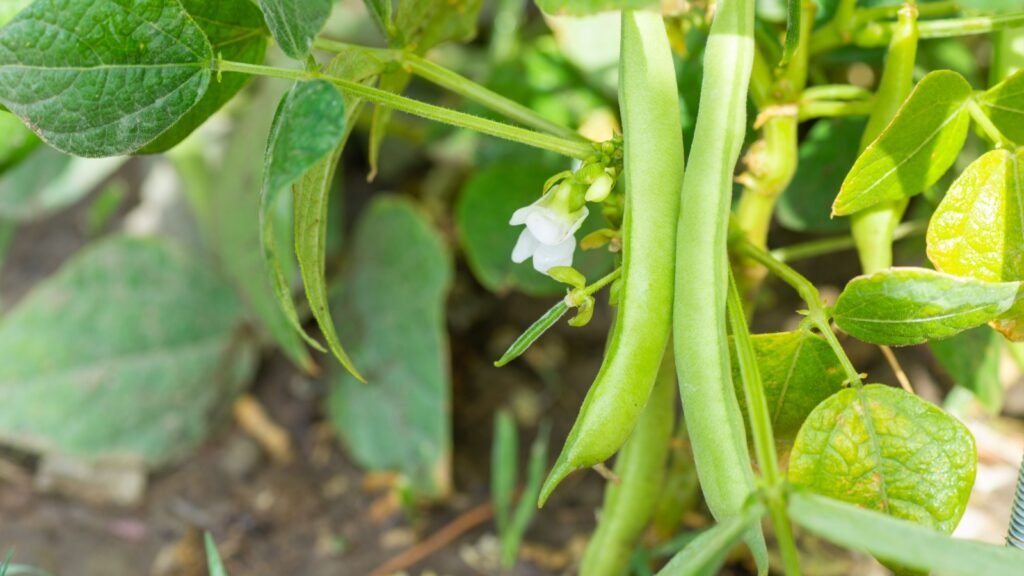
Climbing beans can create walls of greenery when grown along fences or poles. They’re a fantastic source of protein and store well after drying, making them a great crop for long-term food storage.
13. Hazelnut Trees
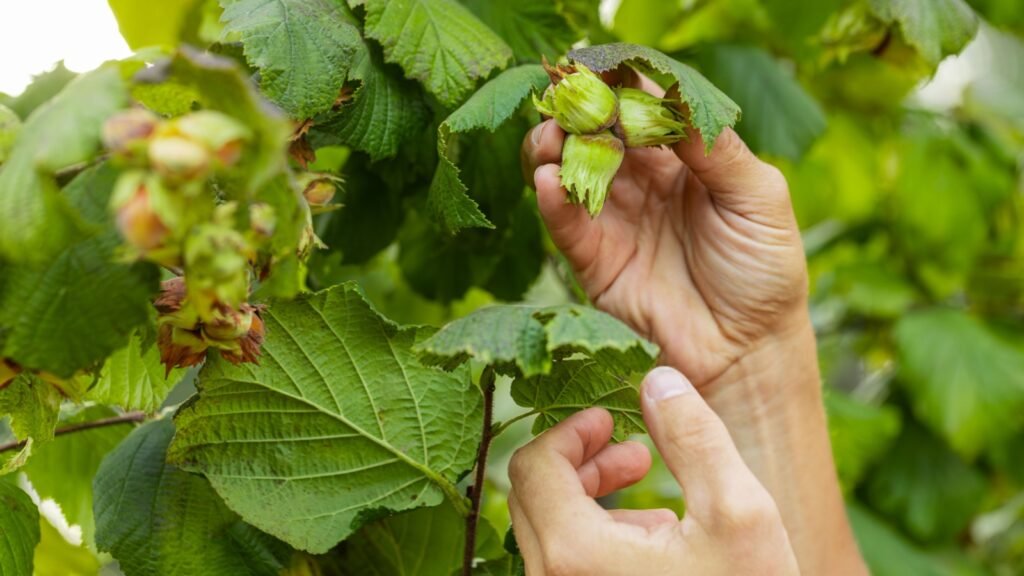
Hazelnut trees are excellent for growing a natural hedge. They grow quickly, create a dense barrier, and produce nuts that are rich in healthy fats and proteins, perfect for off-grid living.
14. Mint
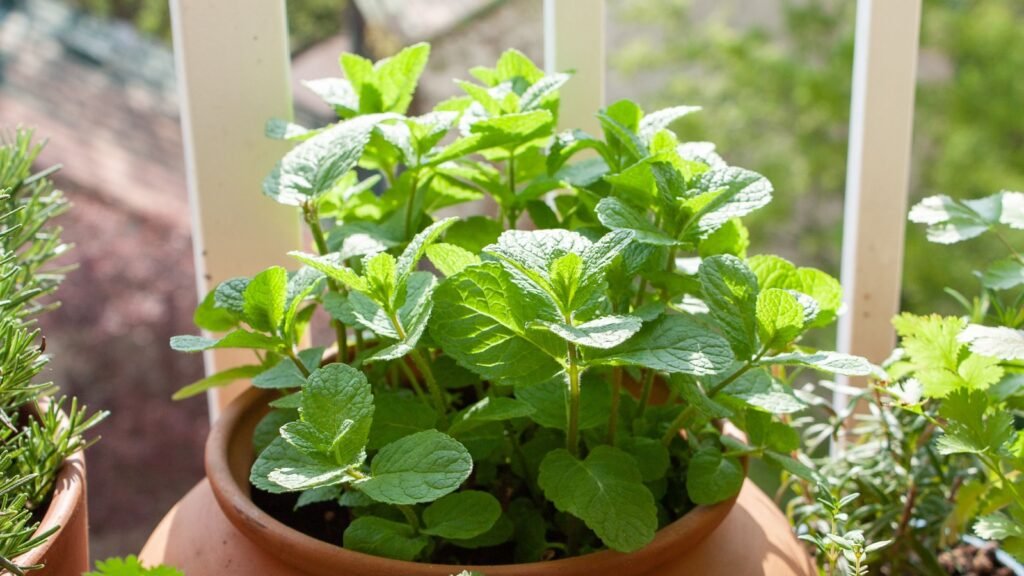
Mint is an invasive herb that spreads rapidly, making it a good option for ground cover. While it can’t act as a physical barrier, it helps fill in spaces, keeps pests away, and offers great medicinal and culinary uses.
15. Rhubarb
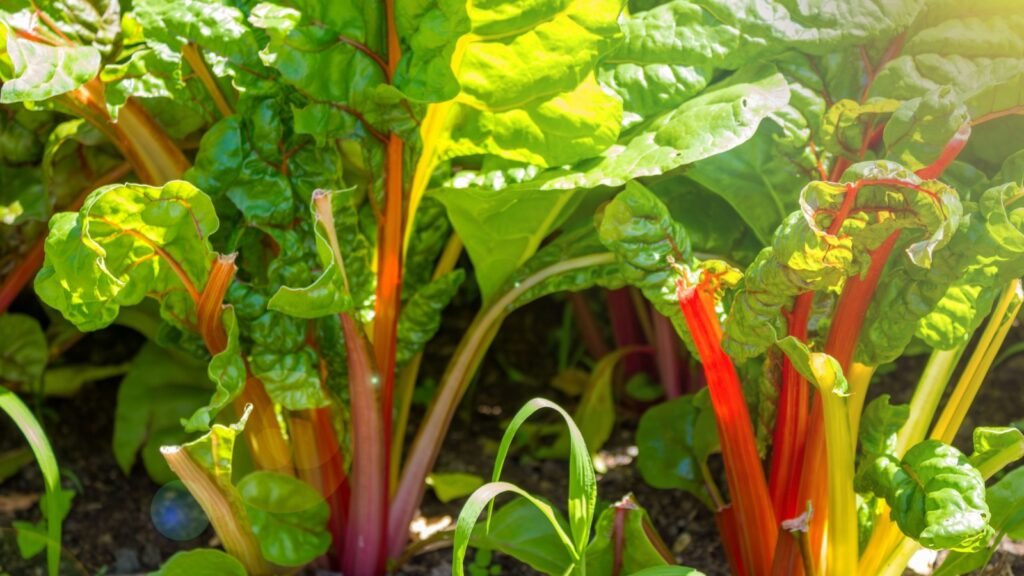
Rhubarb plants grow large, and their wide leaves can be planted as ground cover around other crops. Plus, the stalks are edible and offer a unique flavor for pies, jams, and sauces.
10 Reasons Why You Need a Tactical Garden
1. Natural Barriers
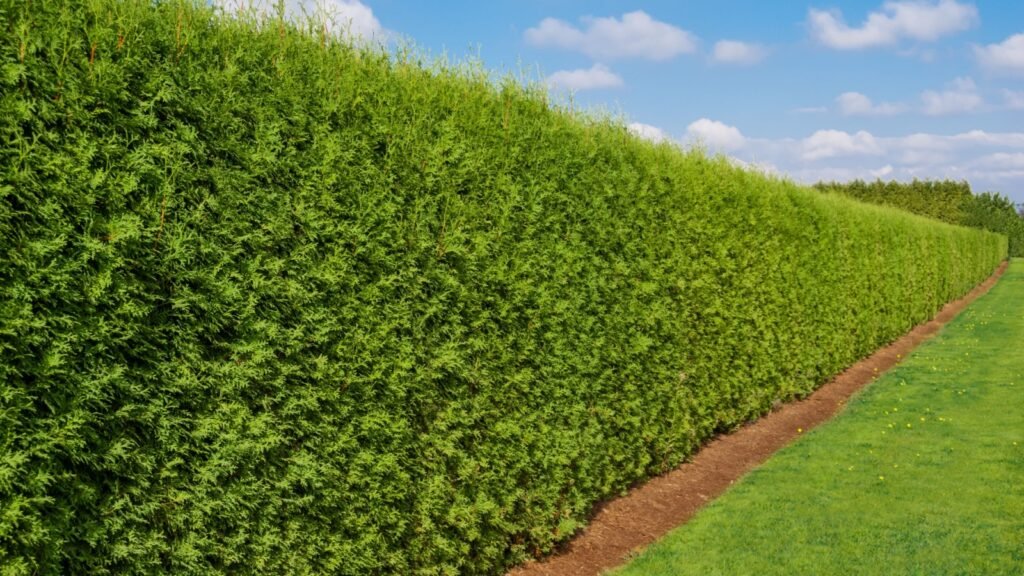
A well-planned tactical garden can serve as a natural barrier, making it harder for intruders to see or access your property. Tall plants, dense hedges, and thorny bushes provide both privacy and security.
2. Sustainable Food Source

Your tactical garden will provide a steady supply of fresh fruits, vegetables, and grains. This is especially important during times of food shortages or if access to stores becomes limited.
3. Reduced Erosion
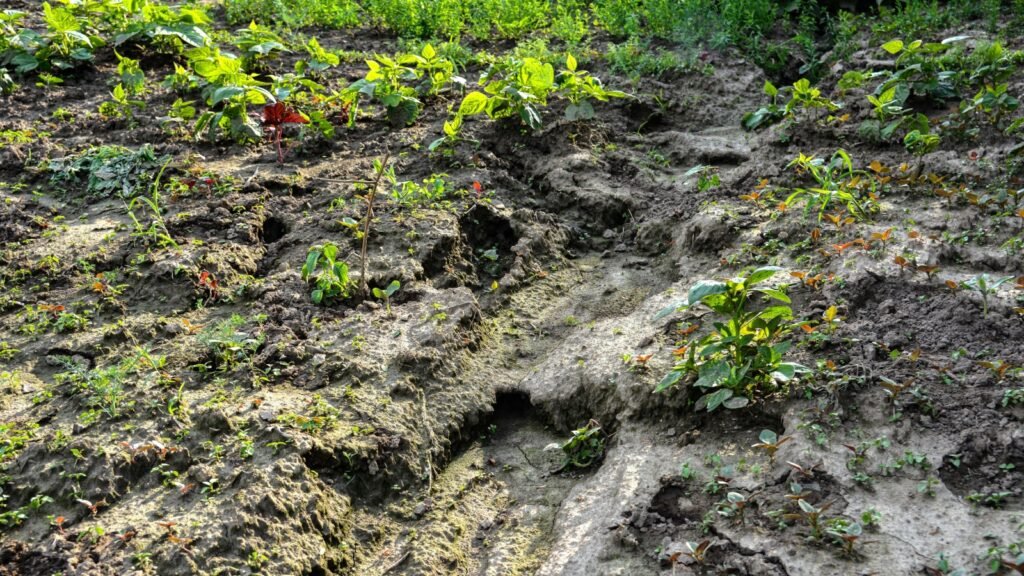
By planting sprawling crops and deep-rooted plants, you can reduce soil erosion on your property. This helps maintain the health of your land while providing extra cover and nutrients.
4. Camouflage

A tactical garden is great for camouflaging your homestead. By blending your garden into the landscape, you make it harder for potential threats to pinpoint where your key resources are located.
5. Natural Pest Control

Many of the plants in a tactical garden, such as mint and garlic, act as natural pest deterrents. This means fewer chemicals are needed, and your crops stay healthy without compromising your food supply.
6. Multi-Use Plants
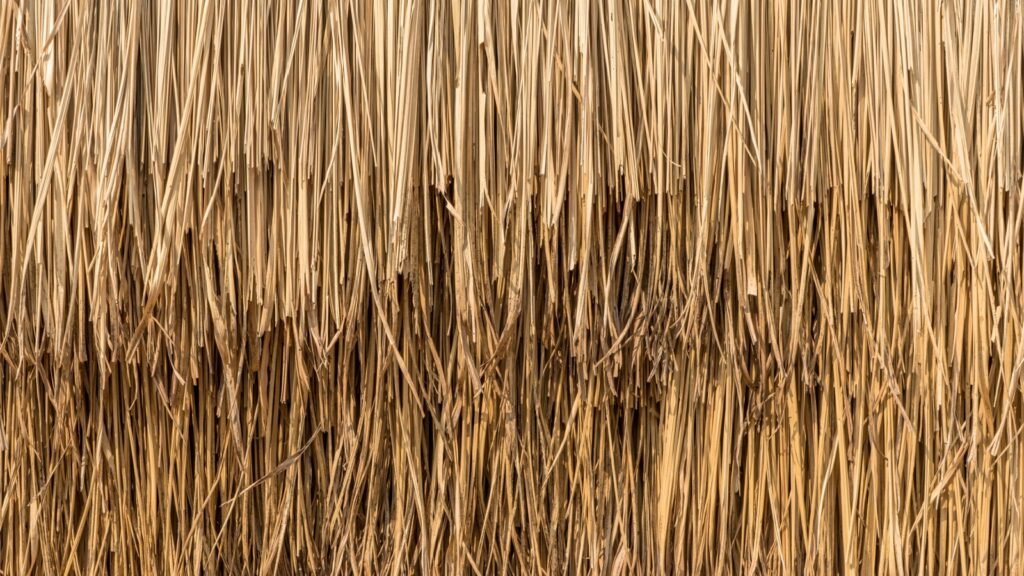
Many plants in a tactical garden, such as bamboo and hazelnut trees, serve multiple purposes. They provide food, building materials, and natural barriers, making them incredibly valuable for homesteaders.
7. Self-Reliance
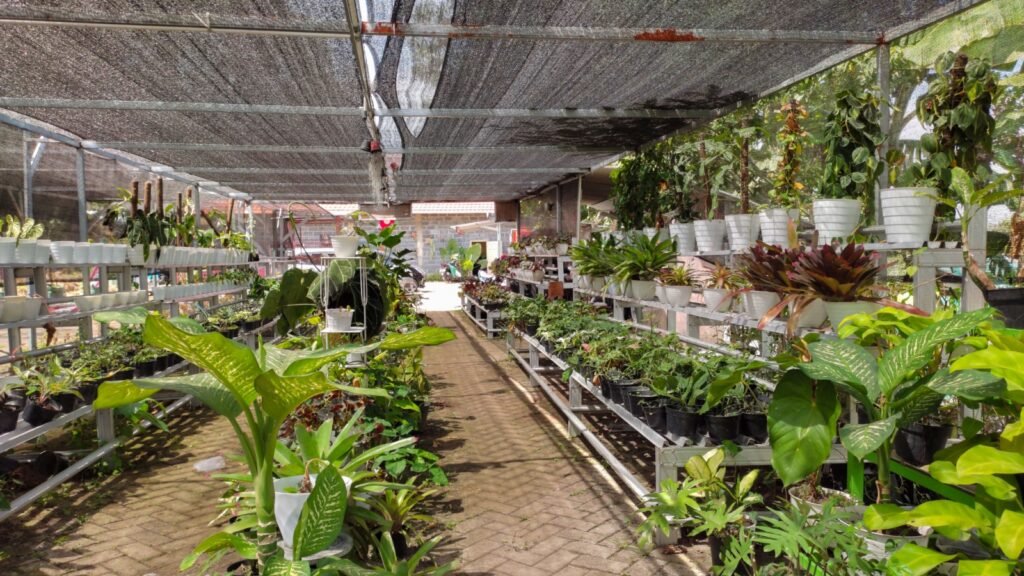
Growing your own food in a tactical garden reduces your dependency on outside sources. This boosts your self-sufficiency and gives you more control over your family’s survival in difficult times.
8. Increased Biodiversity
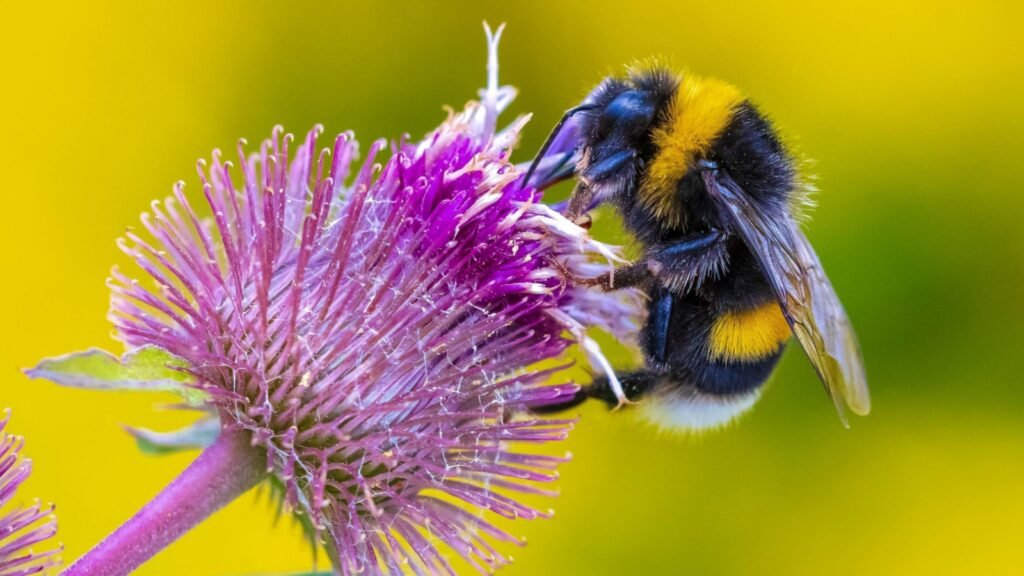
A diverse tactical garden supports local wildlife, which in turn helps pollinate your crops and keep pests in check. The more diverse your plants, the healthier and more productive your garden will be.
9. Off-Grid Resilience
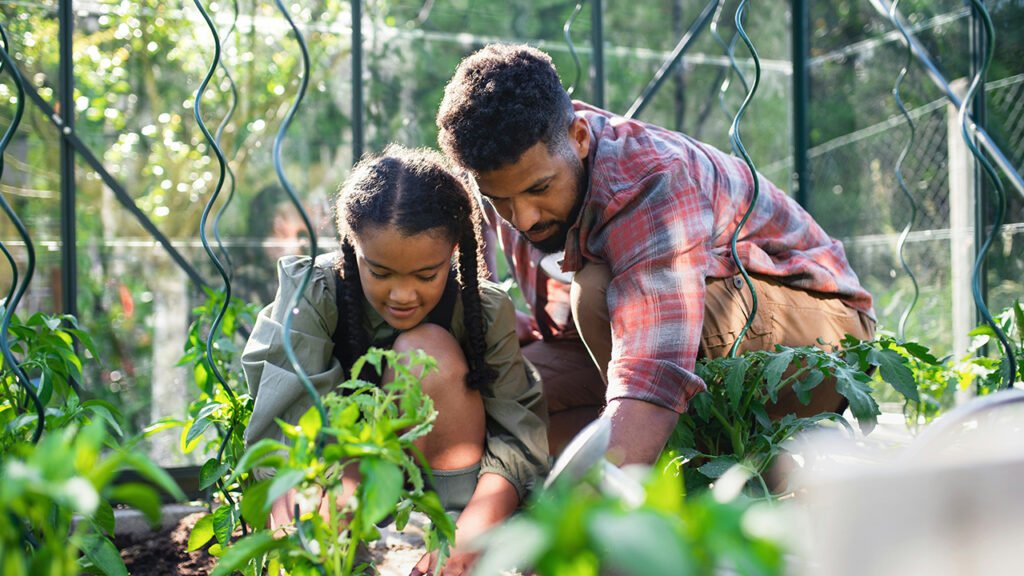
When you’re off the grid, every bit of space counts. A tactical garden not only supplies food but also gives you the materials to build and maintain important structures, keeping your homestead running smoothly.
10. Long-Term Food Storage
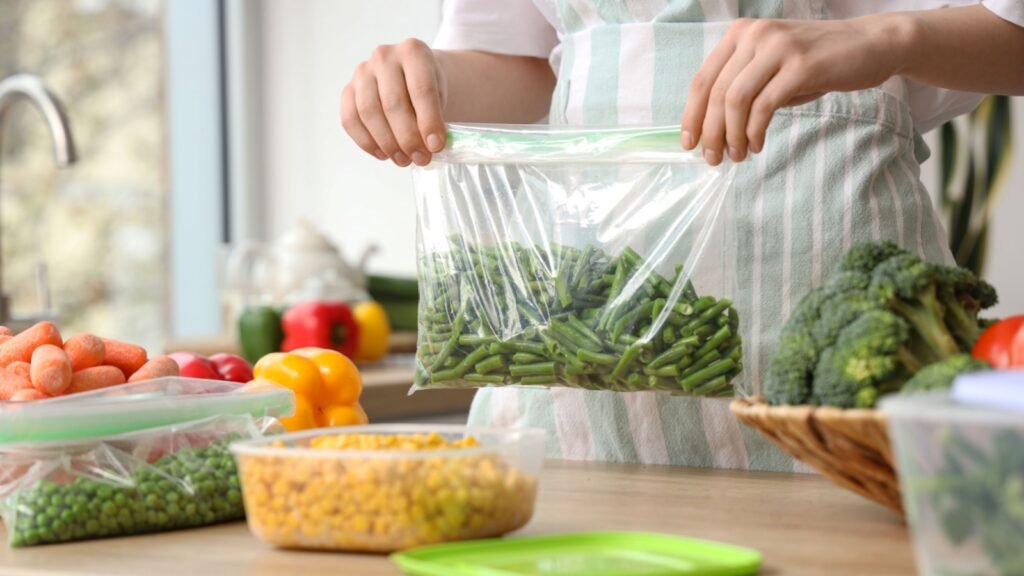
Many of the crops in a tactical garden, like beans and potatoes, store well long-term. This ensures you have a surplus of food to fall back on during harsh winters or unexpected emergencies.

